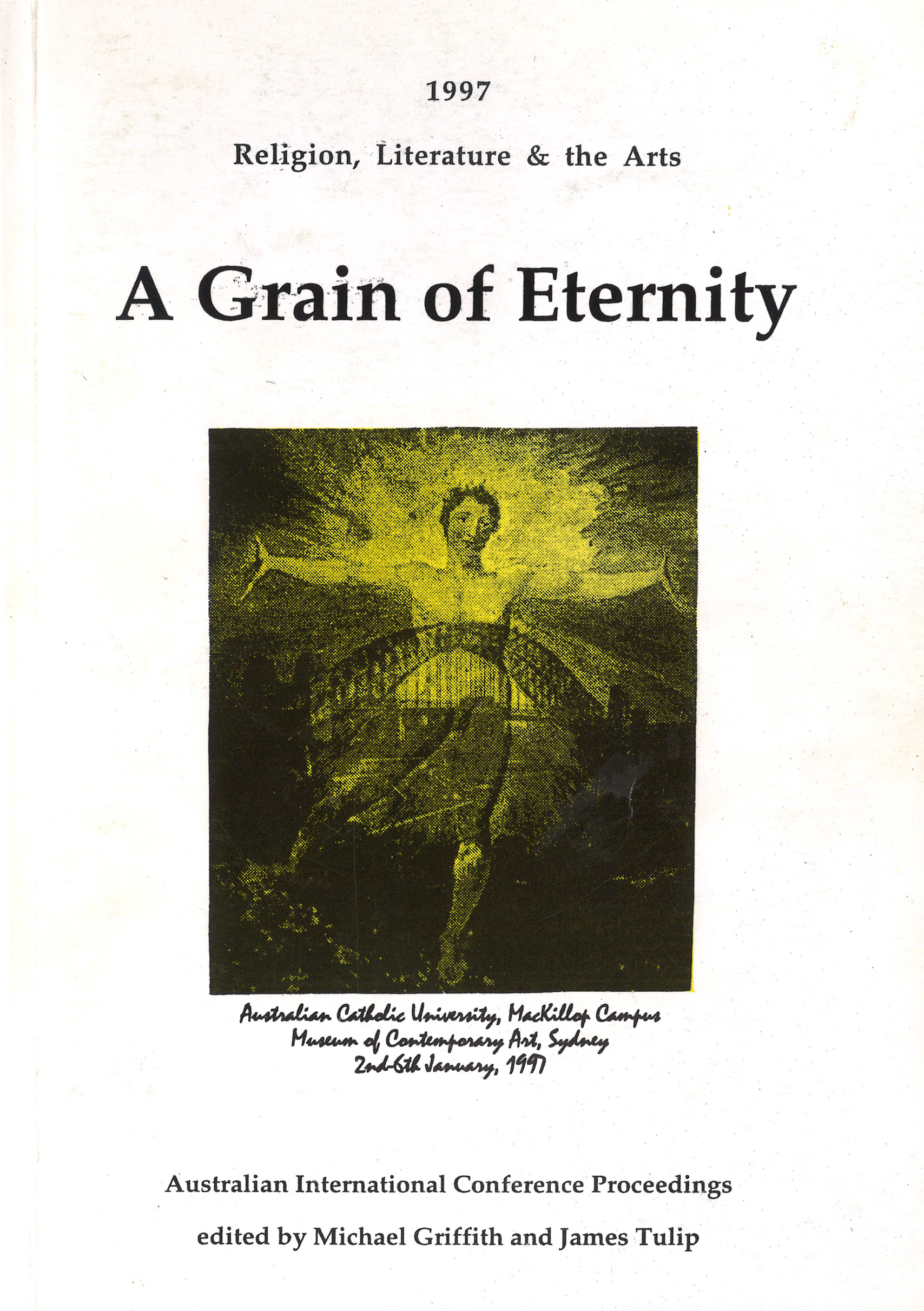Hammer in the North: Mjollnir in Medieval Scandinavia
Abstract
In the archaeological record of tenth century Scandinavia, there is evidence for the proliferation of small metal amulets representing Mjollnir, the magical hammer of the god Thor. Thor's hammer is recognised as one of the most distinctive religious symbols of the heathen Norse, and for a time was the chief rival of the Christian cross among the peoples of Medieval Scandinavia and Iceland. It was celebrated in Scandinavian mythology as the primary defence of gods and men against destruction at the hands of the fearsome frost-giants. Art, archaeology and folklore attest to the remarkable endurance of the hammer symbol, from the Bronze Age to the present day, not only as a significant religious motif, but also as a powerful ritual device, closely associated with the cult of Thor. The vast majority of the more than forty Thor's hammer amulets known date from the late tenth and early eleventh centuries and were found primarily in Denmark, south-eastern Sweden and southern Norway, in those areas particularly subject to strong Christian influence. It seems quite likely that the popularity of these amulets came about as a heathen response to the crucifixes worn by increasing numbers of Christians in Scandinavia. Indeed, some of the early crucifixes are quite similar in design to the hammer, and in one example from Foss in southern Iceland, features of both are incorporated into the overall design. Graves have been found with hammers and crosses side by side and from Jutland, Denmark, there is a stone mould from which both hammers and crosses could be cast, indicating a certain level of acceptance of both religious symbols, perhaps in the interest of spiritual pragmatism.Downloads
Published
2017-06-21
